Make no mistake, the election of Donald Trump along with Brexit is a complete and utter repudiation of ‘politics as usual’ and the establishment, and Australia’s political leaders must take note.
Citizens are fed up. They are fed up with growing inequality and the enrichment of the one-percenters. They are fed up with the hollowing-out of the middle class and the casualisation of the workforce. They are fed up with the escalating cost of shelter that has locked their children out of home ownership. And they are fed up with excessive levels of immigration, which in combination with inadequate investment and planning has placed pressures on the above.
In the recent Australian federal election, we witnessed the second rise of Pauline Hanson, who on the back of the above concerns resonated with the Australian electorate. While many do not agree with her on specific issues, they at least respect her honestly and willingness to stand up to the establishment and speak her mind.
But rather than embrace the changing electoral mood, both domestically and abroad, Australia’s politicians have doubled-down on the status quo of open borders, trade and investment.
In recent months, we have witnessed senior political figures from both major parties blindly throwing their support behind strong immigration and a ‘Big Australia’, despite considerable consternation within the electorate.
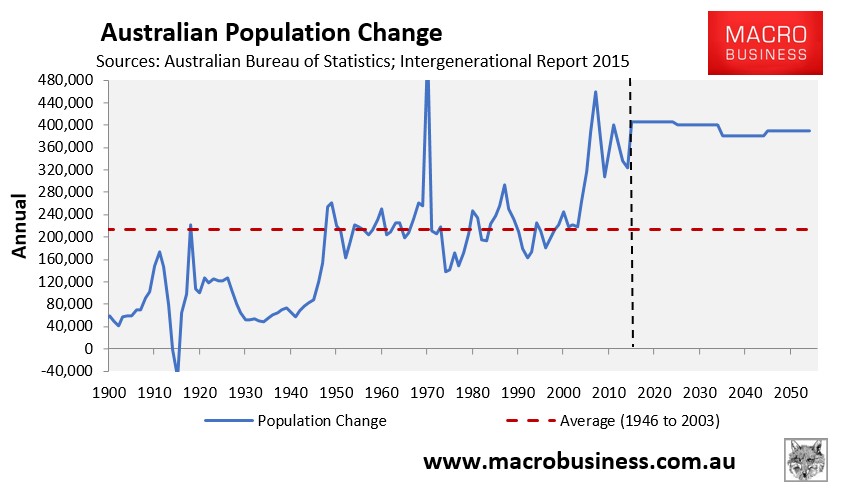
In September, shadow treasurer Chris Bowen committed the Labor Party to maintaining Australia’s turbo-charged immigration intake, arguing that it is unquestionably beneficial for the economy and living standards, despite significant evidence to the contrary.
This was followed later in the month by Liberal Treasurer Scott Morrison, who gave bipartisan support to strong immigration and a ‘Big Australia’, also citing spurious economic ‘benefits’.
And on Tuesday, Labor Senator Penny Wong doubled-down on the message, again spruiking significant benefits from strong immigration without considering the costs.
In the meantime, the situation on the ground for ordinary Australians is one of deteriorating living standards.
Following 12 years of strong immigration and inadequate infrastructure investment, traffic congestion has worsened in Australia’s two biggest cities where population growth has been strongest:
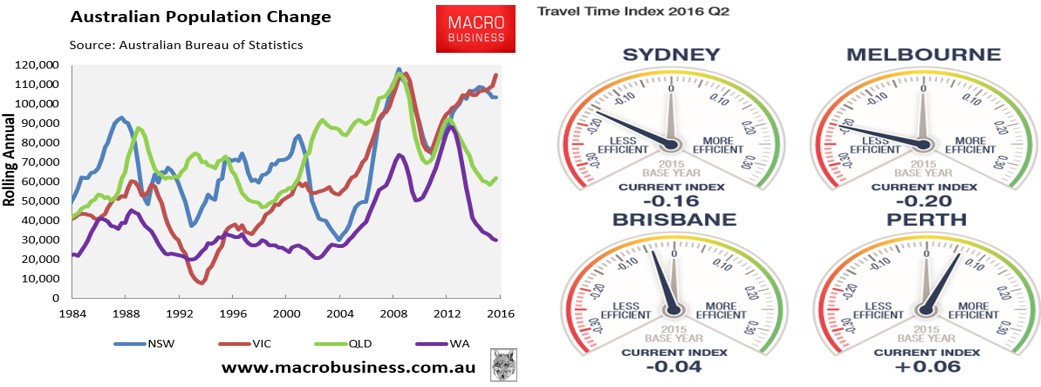
The Bureau of Infrastructure and Regional Economics also forecasts soaring costs of congestion, particularly in Sydney and Melbourne, over the next 15 years as their populations boom:
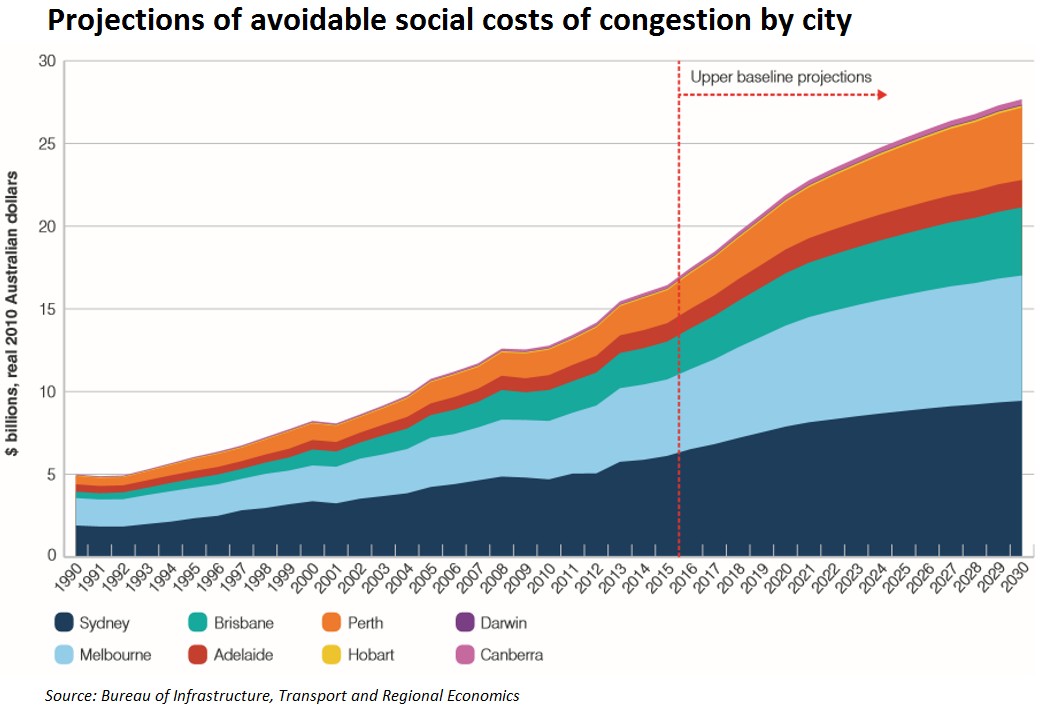
Similar problems are facing public transport, where networks are bursting at the seams.
And then there is the housing market, where affordability pressures are acute, particularly in our biggest and fastest growing cities:
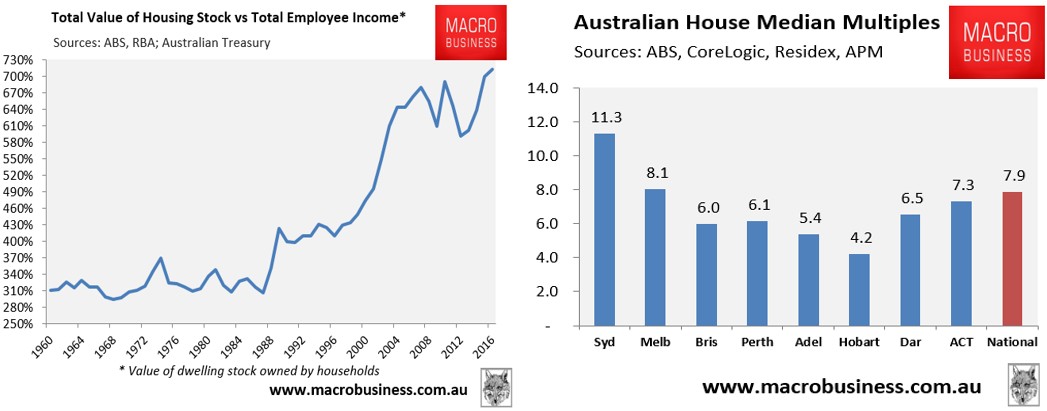
The official forecasts for Sydney and Melbourne are for both city’s populations to balloon on the back of high immigration. A ‘Big Australia’ means the emergence of mega-cities, which many incumbent residents are deeply concerned about yet feel they have no say:
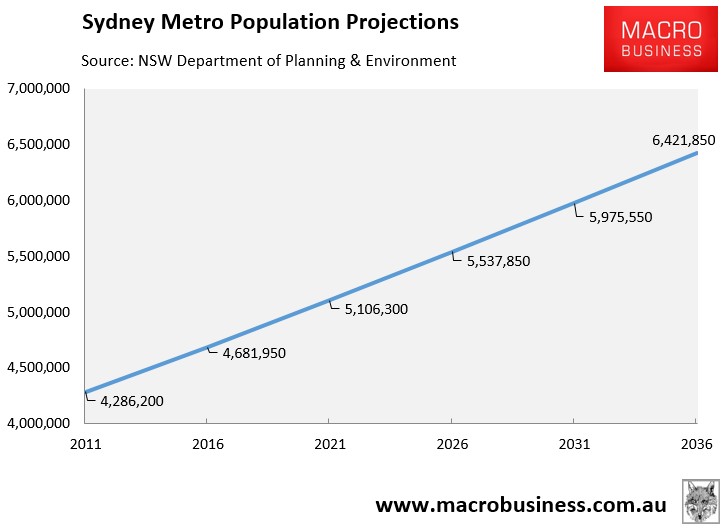
Sydney’s population is projected to grow by a massive 87,000 people per year over the next 20 years, growing the population by 1,740,000 – the equivalent of 4.5 Canberras!
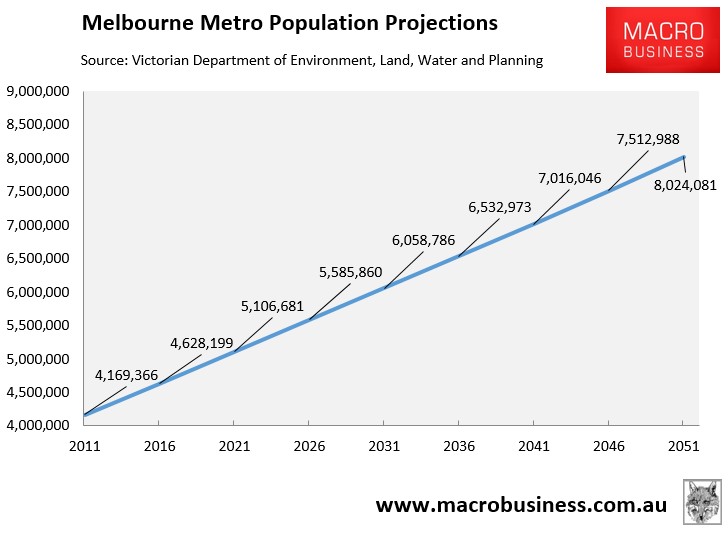
The situation facing Melbourne is even worse, with its population projected to grow by a whopping 97,000 people per year over the next 35 years, growing the population by 3,340,000 – that’s the equivalent of 9 Canberras or 2.5 Adelaides.
Residents in our major cities know that continuing with mass immigration means more time stuck in traffic, smaller and more expensive housing, and overall reduced amenity and living standards. And as the situation worsens, Australia is likely to face its very own ‘Brexit’ or ‘Trump moment’.
So which political party will take the bull by the horns and represent the growing disenfranchised?
Our money is on Tony Abbott to make the first attempt. We can see him usurping Malcolm Turnbull and opportunistically running on a platform of significantly reduced (and sensible) immigration levels and leveraging this into arguments about improving housing affordability, reducing congestion, and protecting the environment. It’s an attractive platform that makes a lot of sense if communicated properly (a big ‘if’, I know).
If Labor and The Greens had any sense, they would move first and swing towards lower immigration.
However, Labor has wedged itself via the waffling globalism espoused by Bowen and Wong (see above).
The Greens, on the other hand, could logically argue to raise the humanitarian intake (currently 14,000 people per year) while substantially cutting the economic migrant intake (currently 190,000 per year). This way, they could achieve dual goals: 1) reducing population growth and saving the environment; and 2) being a good and caring global citizen, thus appeasing their social justice supporters (see Tuesday’s article).
In any event, whichever side moves first could gain the ascendancy. All it takes is a leader with some cajones to break rank with the establishment, tread their own path, and soak-up the disenfranchised.

